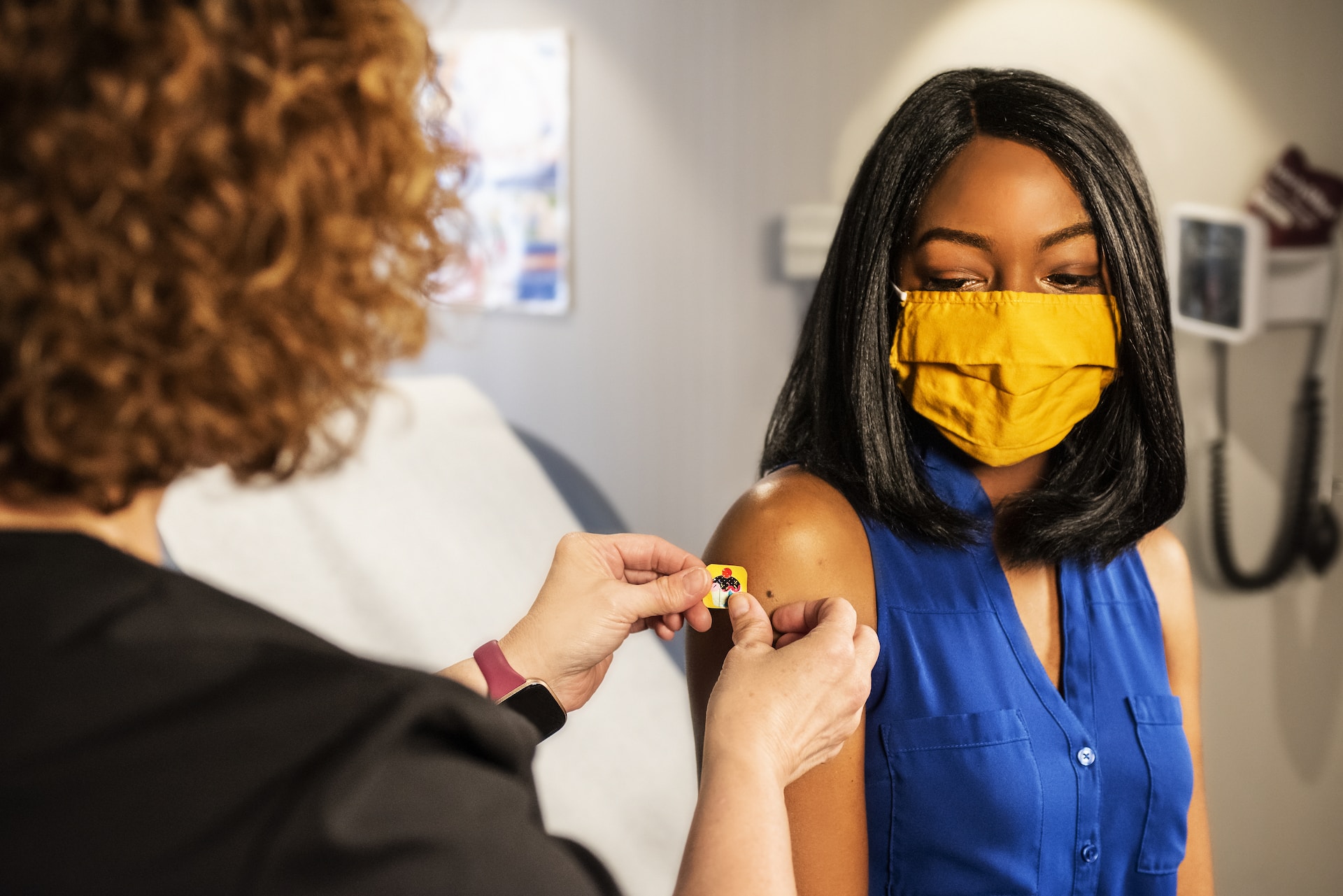We only have vaccines to tackle 25 human diseases. More than 200 years after Jenner’s first inoculation, we still routinely rely on antibiotics to treat the vast majority of infections.
However, Antimicrobial Resistance (AMR) is blunting the effectiveness of our antibiotics. We have known about this problem for 60 years, and while there are efforts to find new classes of antibiotic, the fact remains that the last routinely used antibiotic was introduced in 1987.
Vaccines .... represent an attractive means to counter the growing global pandemic of antimicrobial resistancebut are currently only available against a few key bacterial pathogens
Calman MacLennan
The need to tackle antimicrobial resistance is urgent.
The O’Neill Report, ‘Tackling drug-resistant infections globally’ predicted that by 2050, AMR will be the leading global cause of death. The report highlighted the valuable role that vaccines could play against AMR. Separately, in 2017, a World Bank report, ‘Drug-resistant infections, a threat to our economic future’ concluded that AMR could reduce GDP substantially and would affect low-income countries the most.
Vaccines for humans and animals represent an attractive means to counter the growing global pandemic of antimicrobial resistance (AMR) but are currently only available against a few key bacterial pathogens. There is huge untapped potential.
In order to realise the potential of vaccines to counter antimicrobial resistance, we need to identify research gaps in the development of AMR vaccines and coordinate with policymakers to determine the appropriate approach to deploying such vaccines equitably.
Mathematic modelling indicates that vaccines reduce AMR via multiple mechanisms: by reducing drug-sensitive and AMR infections in vaccinated individuals and in unvaccinated individuals through herd immunity; and by reducing antibiotic use, a key driver of AMR, through reducing the burden of infection.
Not just human diseases
However, much of the work on AMR has focused on human vaccines.
The recent WHO Action Framework 'Leveraging Vaccines to Reduce Antibiotic Use and Prevent Antimicrobial Resistance’ highlighted the importance of expanding use of licensed vaccines, developing new vaccines that contribute to preventing and controlling AMR, and sharing knowledge of vaccine impact against AMR. This key document did not consider animal vaccines. Nevertheless, in parallel, the role of livestock and fish vaccines in replacing antibiotics and reducing the development of AMR is being explored.
Bringing together the human and animal vaccine communities to develop a shared approach is an important next step.
Several recent developments mean that now is the time to push the conversation forwards. In early 2022, the Institute for Health Metrics and Evaluation (IHME) published a first estimate of deaths from AMR based on real-world data: 1.27 million deaths directly attributed to, and 5 million deaths associated with AMR in 2019. Recently, IHME published a first estimate of global mortality associated with bacterial pathogens, attributing 7.7 million deaths to 33 bacterial pathogens in 2019, making bacteria the second leading cause of death
From Science to Policy
On 29th and 30th April 2024, Professor Calman MacLennan, Director of BactiVac, the Bacterial Vaccines Network, at the University of Birmingham, and Dame Sally Davies, UK Special Envoy on AMR and former Chief Medical Officer, will chair a Science+ meeting at the Royal Society in London with the support of BactiVac on ‘Vaccines and Antimicrobial Resistance - from Science to Policy’. The meeting aims to understand current challenges to developing vaccines against human and veterinary AMR pathogens and translate scientific understanding of how human and animal vaccines reduce AMR into policy to drive AMR vaccine development and introduction.
This Science+ meeting is also timely as it will serve as a key milestone and contribution to the roadmap towards the United Nations General Assembly High-level Meeting on AMR, which will be held in New York in the autumn of 2024.
The meeting will bring together from the fields of human and veterinary vaccines, scientists and vaccine developers from academia and industry, global policy makers, regulators and funders, from both high-income countries and low- and middle-income countries, where the burden of AMR-related disease is the greatest.
Frequently the human and veterinary vaccine fields operate independently but interaction is vital for sharing scientific knowledge of AMR and the role of vaccines in combatting AMR, and for identifying common pathways for the development, licensure, and use of vaccines to reduce AMR.
The meeting will be hybrid in nature and although there are no in-person places remaining, it is still possible to register to attend the meeting on line through the Royal Society website.
Calman MacLennan, Director of BactiVac at the University of Birmingham, and Dame Sally Davies, UK Envoy on Antimicrobial Resistance

